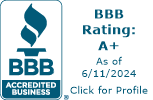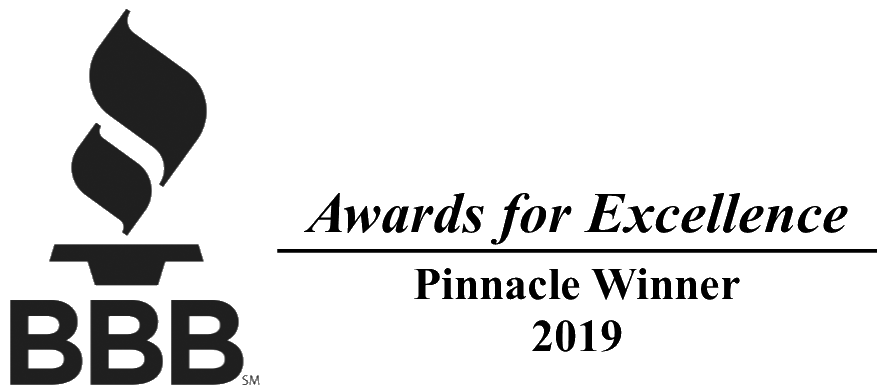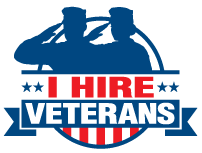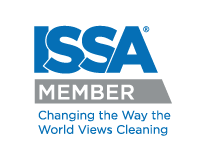What We Do
If you’re faced with cleaning up a death, crime scene, biohazard, or coronavirus (COVID-19) we are here to help. Aftermath Services is the nation’s premier crime scene cleanup and biohazard remediation company with over 100 regional offices and mobile units located across the country.
 877-872-4339
877-872-4339  Contact Us
Contact Us 






